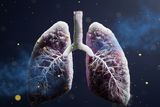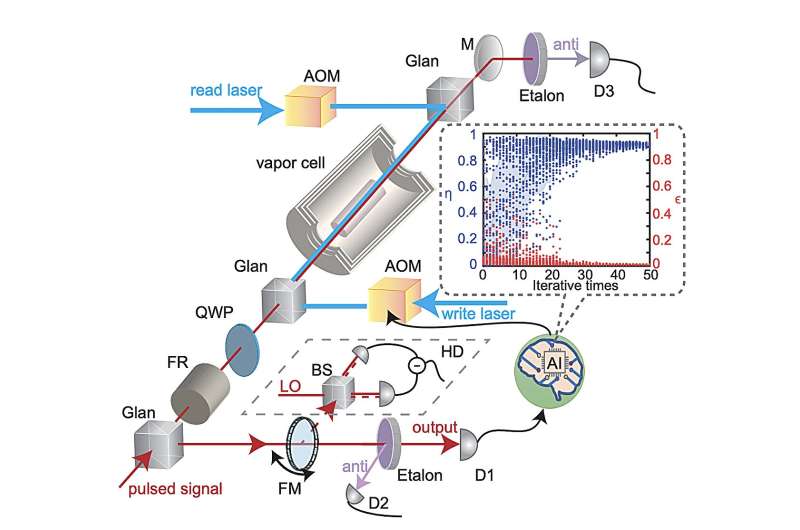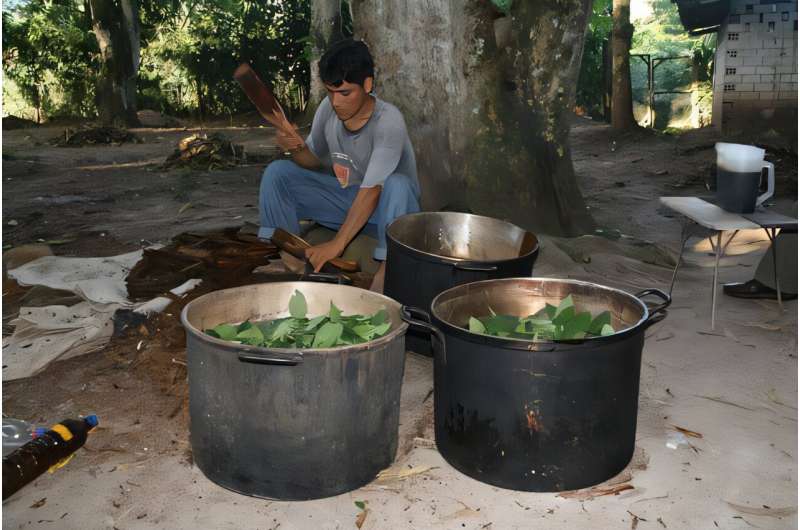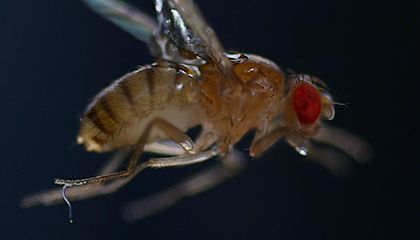Research has revealed that dust from the evaporating Salton Sea in California may have detrimental effects on the lung microbiome, a previously less understood aspect of human health. A new study published in the journal mSphere indicates that exposure to this dust can alter the microbial environment in the lungs and provoke inflammatory responses.
While considerable knowledge exists about the gut microbiome, the lung microbiome has not received the same level of attention. Nevertheless, scientists believe that the microbes residing in our lungs play a critical role in maintaining our health. Researchers at the University of California, Riverside (UC Riverside) have identified environmental factors, specifically harmful dust, as a potential contributor to compromised lung health.
In the study, lab mice were exposed to dust collected from the Salton Sea, which is a saline, landlocked lake. The findings were unexpected. According to Mia Maltz, a mycologist at UC Riverside and lead author of the study, “Even Salton Sea dust filtered to remove live bacteria or fungi is altering what microbes survive in the lungs. It is causing deep changes to our internal environment.”
Environmental Concerns and Respiratory Health
Before the research commenced, the team suspected that environmental factors could be linked to declining lung health. During fieldwork, researchers reported experiencing discomfort in their lungs, which raised concerns about the air quality in the area. Talyssa Topacio, a graduate student and co-first author, noted, “Salton Sea residents have ongoing suspicions that the environment is linked to respiratory illness, and our lab has definitely felt the effects of the heat, dustiness, and pungent air while out there on field work.”
The dust samples collected during the study were found to emit foul odors, further indicating potential health risks. The experiment revealed a troubling increase in the populations of two bacteria, Pseudomonas and Staphylococcus, known for causing lung inflammation. The most concerning dust samples contained bacteria that produced lipopolysaccharides (LPS), molecules that trigger immune responses. Maltz explained, “We think microbial products like LPS are part of what’s causing the inflammation. It’s like breathing in a chemical fingerprint of dead bacteria.”
Mice exposed to the most potent dust experienced a 60 percent increase in immune cells with neutrophil markers, essential for combating infections. In contrast, mice breathing in neutral air had immune cell levels at only 10 to 15 percent.
Implications for Public Health
The results of this study challenge existing knowledge in pulmonology. David Lo, a distinguished professor of biomedical sciences at UC Riverside, remarked, “We’ve seen these kinds of microbial shifts in people with cystic fibrosis or infections. But these mice had no pre-existing conditions. This was a clean slate, and it still happened.”
As the Salton Sea continues to dry, releasing more harmful dust into the atmosphere, concerns grow about the potential health consequences for the local population. Lo cautioned, “Breathing in the dust over time may have chronic impacts in the lung, and these studies on the potential for altering the lung microbiome are an important first step in identifying factors that could lead to asthma and other chronic diseases.”
The research team is also contemplating the broader implications of environmental exposures. If Salton Sea dust can alter the lung microbiome, what effects might be seen from other pollutants such as wildfire smoke, cigarette smoke, vapes, and vehicle exhaust? Maltz concluded, “We’ve only just begun to understand how dust exposure changes the lung microbiome. We don’t yet know how long the changes last, or whether they’re reversible. That’s another big question.”
This study underscores the urgent need for further research into the lung microbiome and its responses to environmental pollutants, as well as their long-term health implications.







